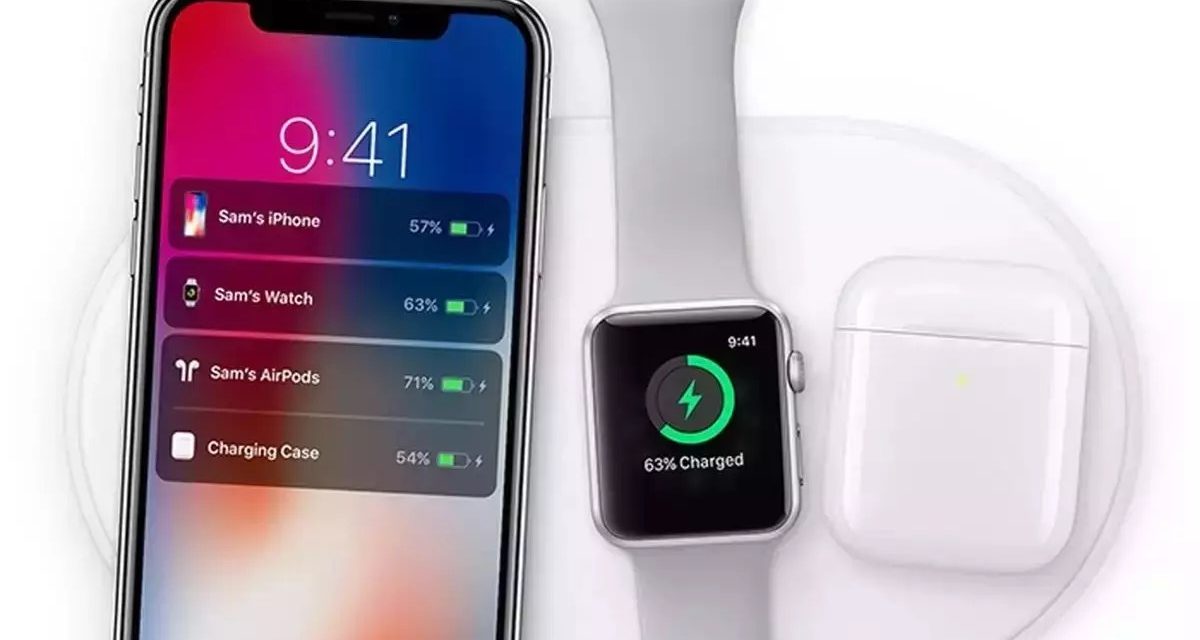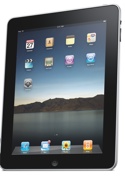Apple has been granted yet another patent (number US 11710984 B2) that shows the abandoned AirPower project could yet be revived.
About the AirPower
The AirPower (pictured in an image released by Apple almost four years ago) was originally announced in September 2017 alongside the iPhone X. It was supposed to be able to charge a Qi-compatible iPhone, an Apple Watch, and a pair of AirPods (in a special wireless charging case) at the same time regardless of where they were placed on the pad.
However, there were constant rumors of production, engineering, and manufacturing difficulties. Seems those rumors were right, as Apple announced in March 2018 that work on the device was being canceled as, in Apple’s words, “will not achieve our high standards.”
About the patent
The patent relates generally to power systems, and, more particularly, to wireless power systems for charging electronic devices. In the patent Apple says that, in a wireless charging system, a wireless power transmitting device transmits wireless power to a wireless power receiving device. The wireless power transmitting device uses a wireless power transmitting coil to transmit wireless power signals to the wireless power receiving device.
The wireless power receiving device has a coil and rectifier circuitry. The coil of the wireless power receiving device receives alternating-current wireless power signals from the wireless power transmitting device. The rectifier circuitry converts the received signals into direct-current power.
Summary of the patent
Here’s Apple’s abstract of the patent: A wireless power system has a wireless power transmitting device and a wireless power receiving device. The wireless power transmitting device may include a coil and wireless power transmitting circuitry coupled to the coil. The wireless power transmitting circuitry may include impulse response measurement circuitry that measures the inductance of the power transmitting coil and the quality factor of the power transmitting coil.
“The measured inductance and quality factor may subsequently be used to determine a position of the wireless power receiving device relative to the wireless power transmitting device. The determined position of the wireless power receiving device relative to the wireless power transmitting device may be used to estimate an expected power loss associated with the power transmitting coil. The power transfer operations may be adjusted based on expected and actual power losses.”
Article provided with permission from AppleWorld.Today



